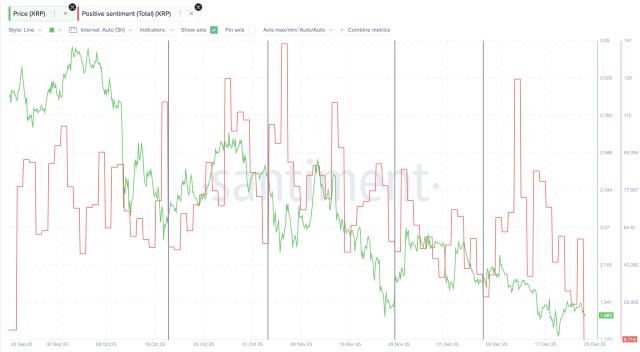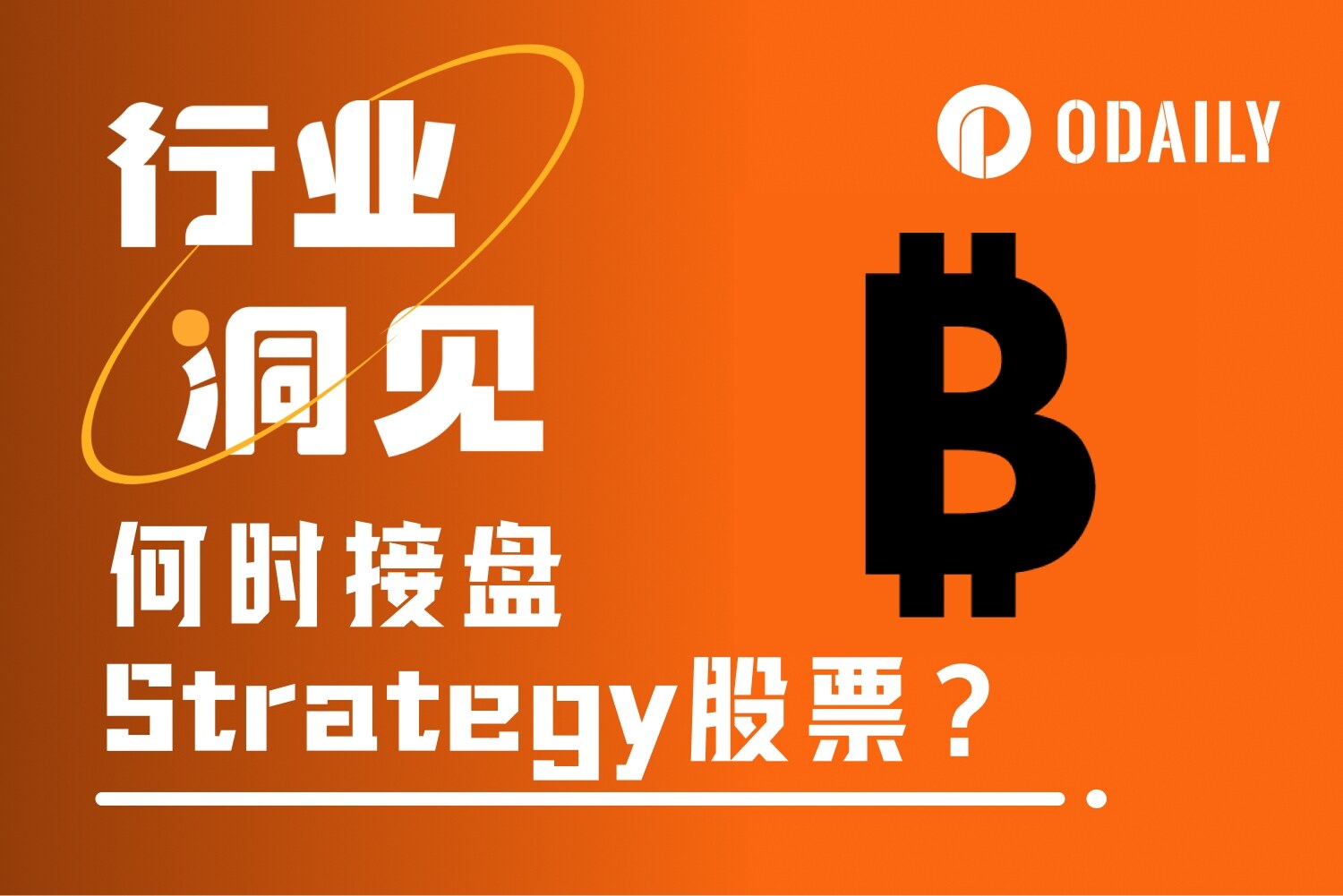Author: OurNetwork
Compiled by: TechFlow
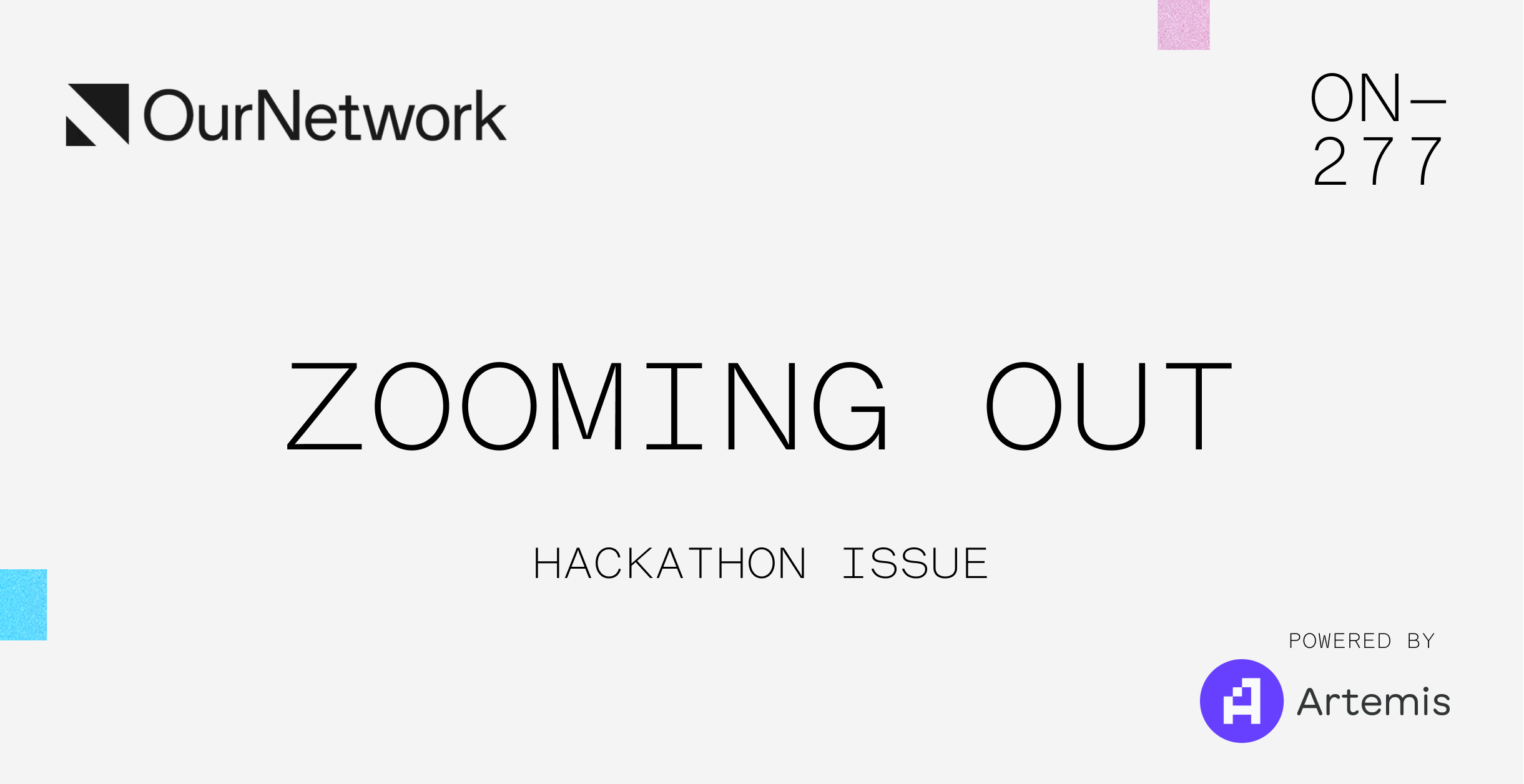
Editor's Note
This week, we co-hosted the first on-chain data hackathon with Artemis, a one-day charting competition that brought together data analysts, developers, and investors from across the industry to uncover the stories that only on-chain data can reveal.
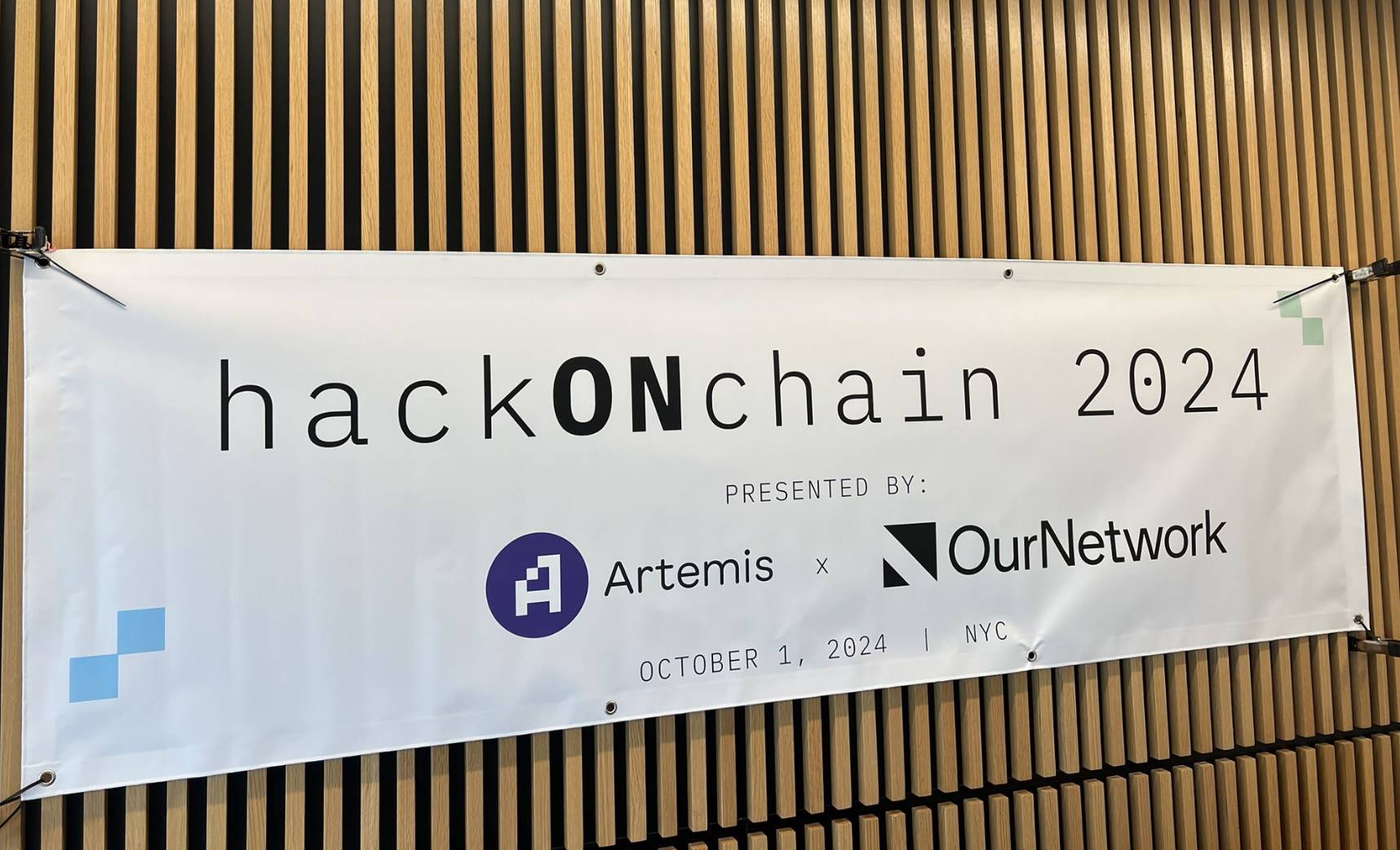
Today's content includes a collection of industry-level reports from the hackathon submissions.

Stablecoins: Ethena, MakerDAO, Curve | Layer 2 Solutions: Base, Arbitrum, Celo | Cross-Chain Bridges: LiFi | Staking: Ethereum vs Solana
Stablecoins
Delleon Mcglone | Twitter | Artemis Dashboard
Decentralized Stablecoin Giants: USDe Reaches $1.56B in Market Cap, Mixed Q3 Performance
Ethena maintains the highest market cap at $3.1B, followed by MakerDAO (now called Sky) at $2.16B, while Curve has the smallest but most stable market cap at $351.4M. The three protocols overall show a downward trend, with Ethena's market cap declining the most, from $3.61B to $2.54B (-29.64%). This downward trend continues for MakerDAO, from $2.3B to $1.5B (-45%), while Curve sees a slight increase from $352M to $359M (+1.99%). Ethena's market cap decline is primarily driven by regulatory uncertainty, reduced liquidity (-35.33%), and market cap decrease (-24.2%).
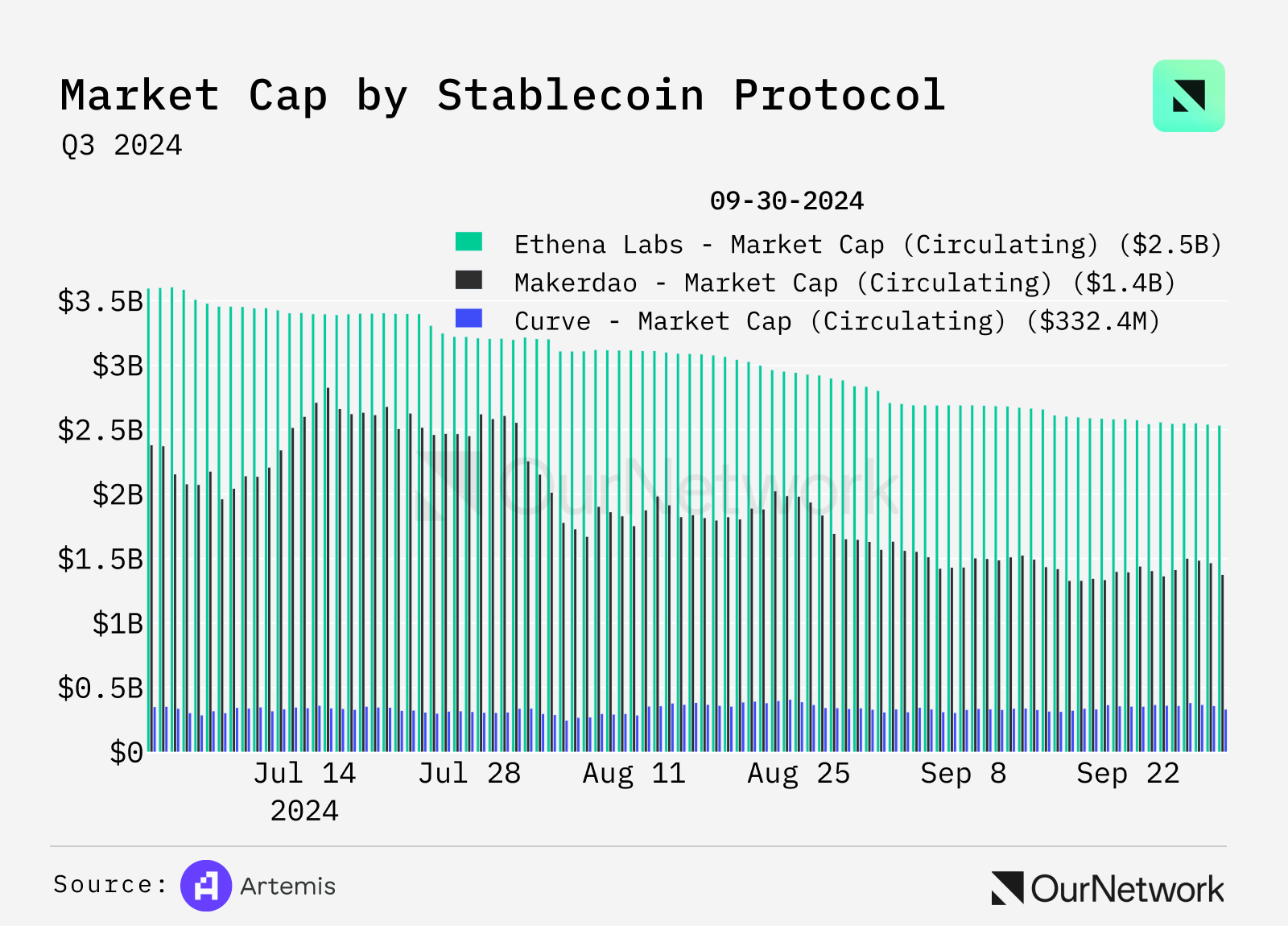
In the trading volume of decentralized stablecoins, Curve leads, accounting for around 60% of the market share of these protocols. MakerDAO is second with a daily trading volume of $100M, accounting for 25% of the total; while Ethena Labs has an average daily trading volume of $50M, accounting for 15% of the total, with occasional peaks in trading volume.
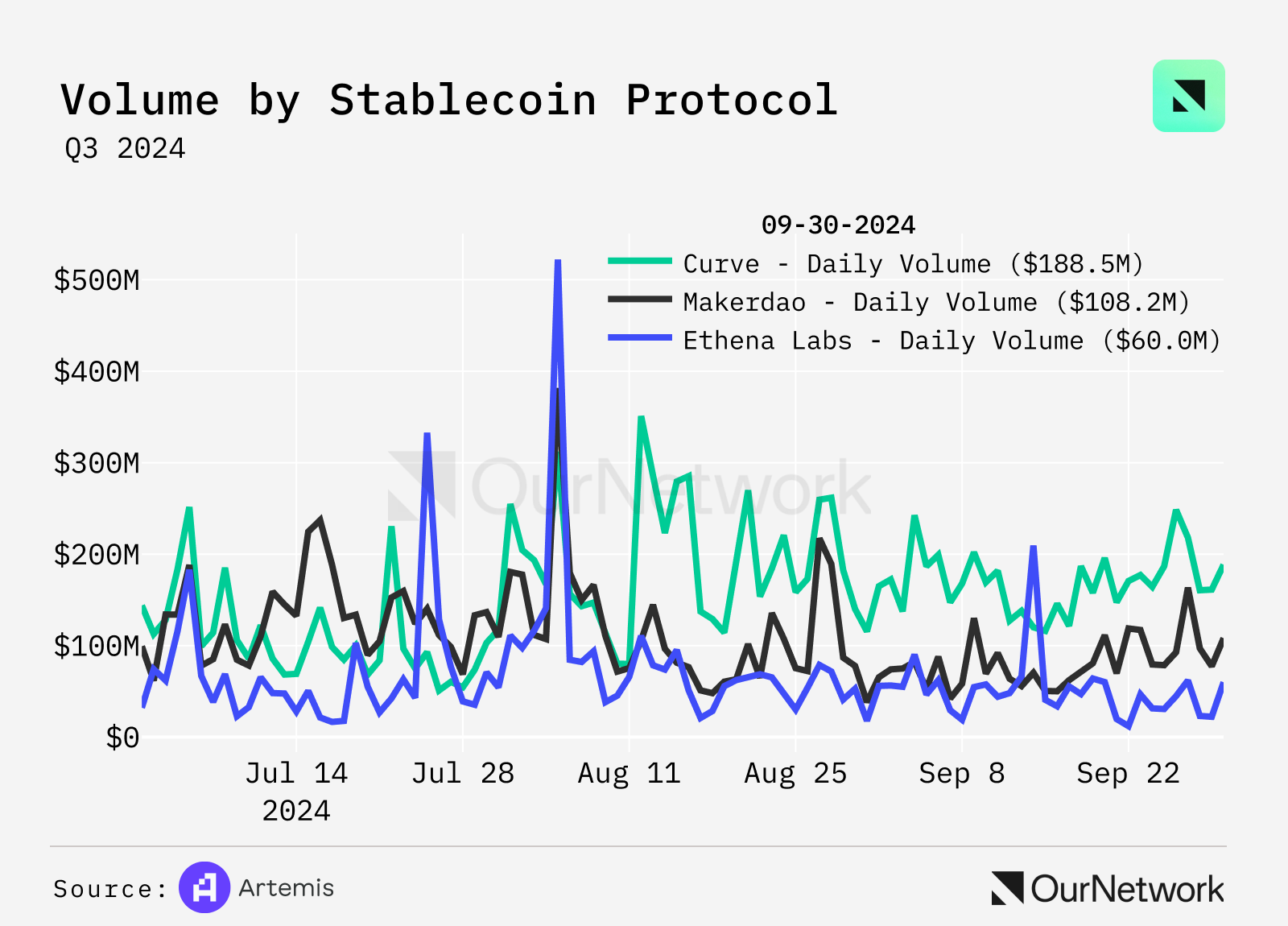
MakerDAO maintains a leading position in utilization, accounting for about 90% of daily active addresses (DAAs), with an average of around 50,000 addresses per day. On August 10th, DAAs saw a significant peak, reaching nearly 450,000, an 800% increase from the average level. In comparison, Curve and Ethena have much lower activity levels, with fewer than 5,000 daily active addresses each.
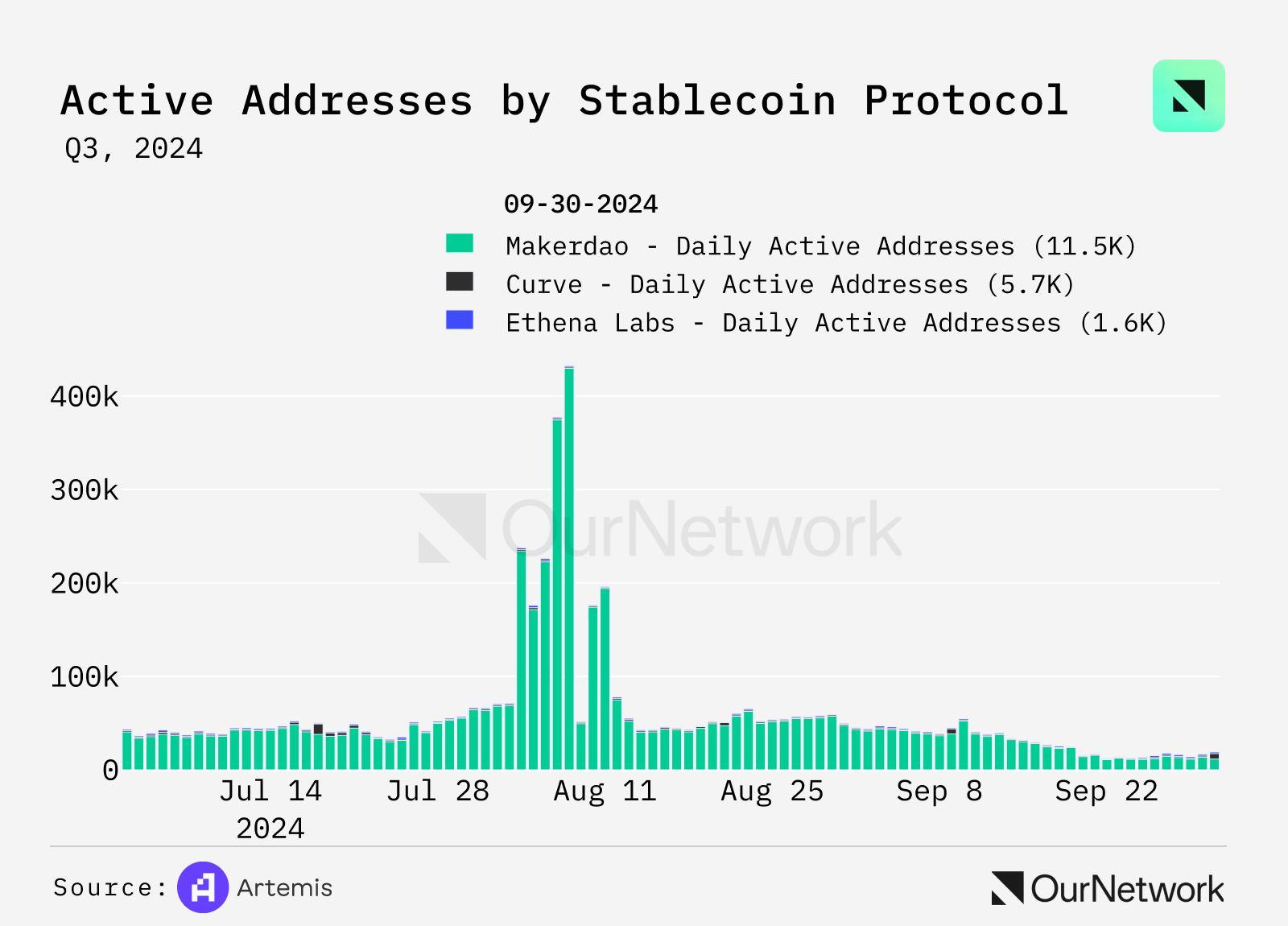
Transaction Highlights: On August 10th, the surge in MakerDAO active addresses was likely triggered by Grayscale's announcement of the establishment of a MakerDAO investment trust. This news increased interest and activity within the ecosystem. The event led to a 7.47% price increase, a rise in active addresses, and an influx of short-term holders. This event highlights how institutional involvement can significantly impact blockchain activity and token prices.
Layer 2s
Cody | Twitter | Artemis Dashboard
Base Shines in the L2 Race, with Over 1M Daily Active Addresses, $2B+ in TVL, and 5M+ Daily Transactions
The L2 competition is heating up, with Base seeing a surge in daily active users to over 1.5M in September, driven by its Onchain Summer event. During the same period, Polygon's daily active addresses decreased by 65% from 1.4M to 500K. While Celo has the lowest average DEX trading volume among all L2s, its daily active addresses have surged to over 680K, ranking third, as its stablecoin continues to see growing adoption in Africa.
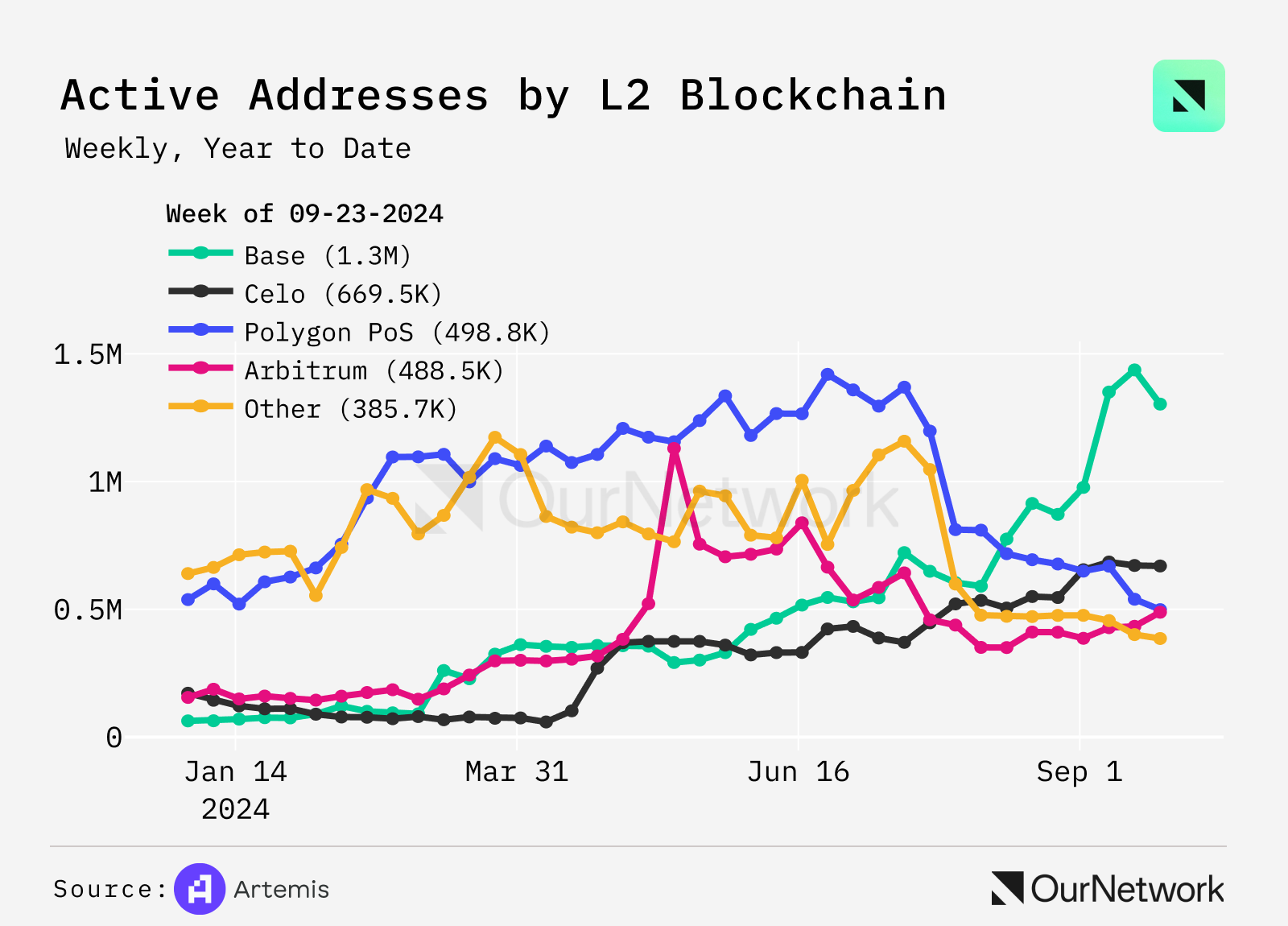
A mature DeFi ecosystem is a key indicator of an L2 network's health and product-market fit.
DEX Trading Volume: Base leads in this category, with over $4B in 7-day trading volume in September, thanks to the growth of its leading decentralized exchange, Aerodrome. Arbitrum follows closely, as the primary hub for derivatives trading, with a 7-day trading volume of $3.5B. In contrast, the combined 7-day trading volume of all other L2s is just $1.9B.
TVL: Arbitrum leads with $2.5B in TVL, while Base has $2.2B. Polygon, Scroll, and Blast have TVLs ranging from $750M to $990M, further demonstrating the dominance of Base and Arbitrum in the L2 DeFi space.
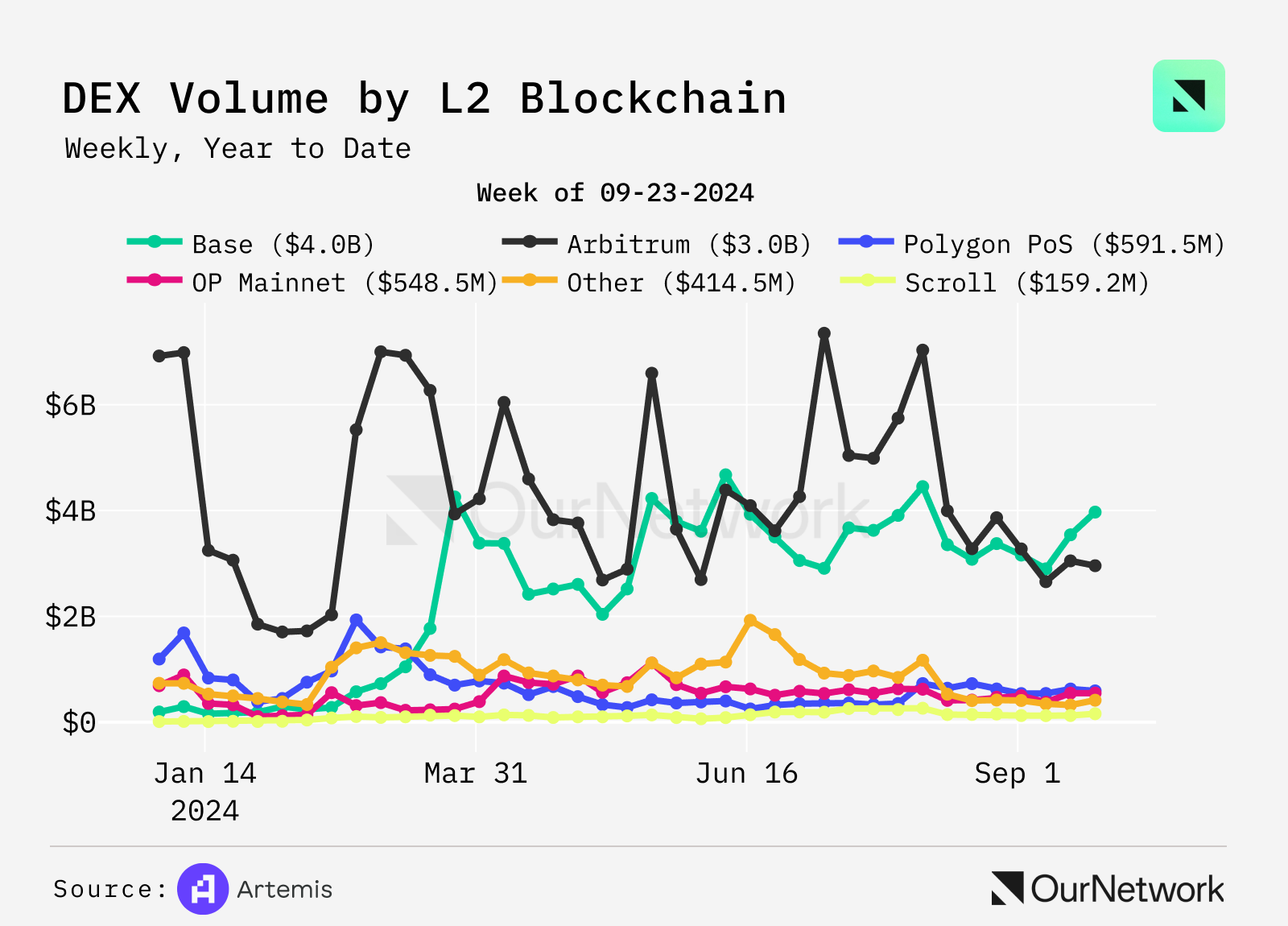
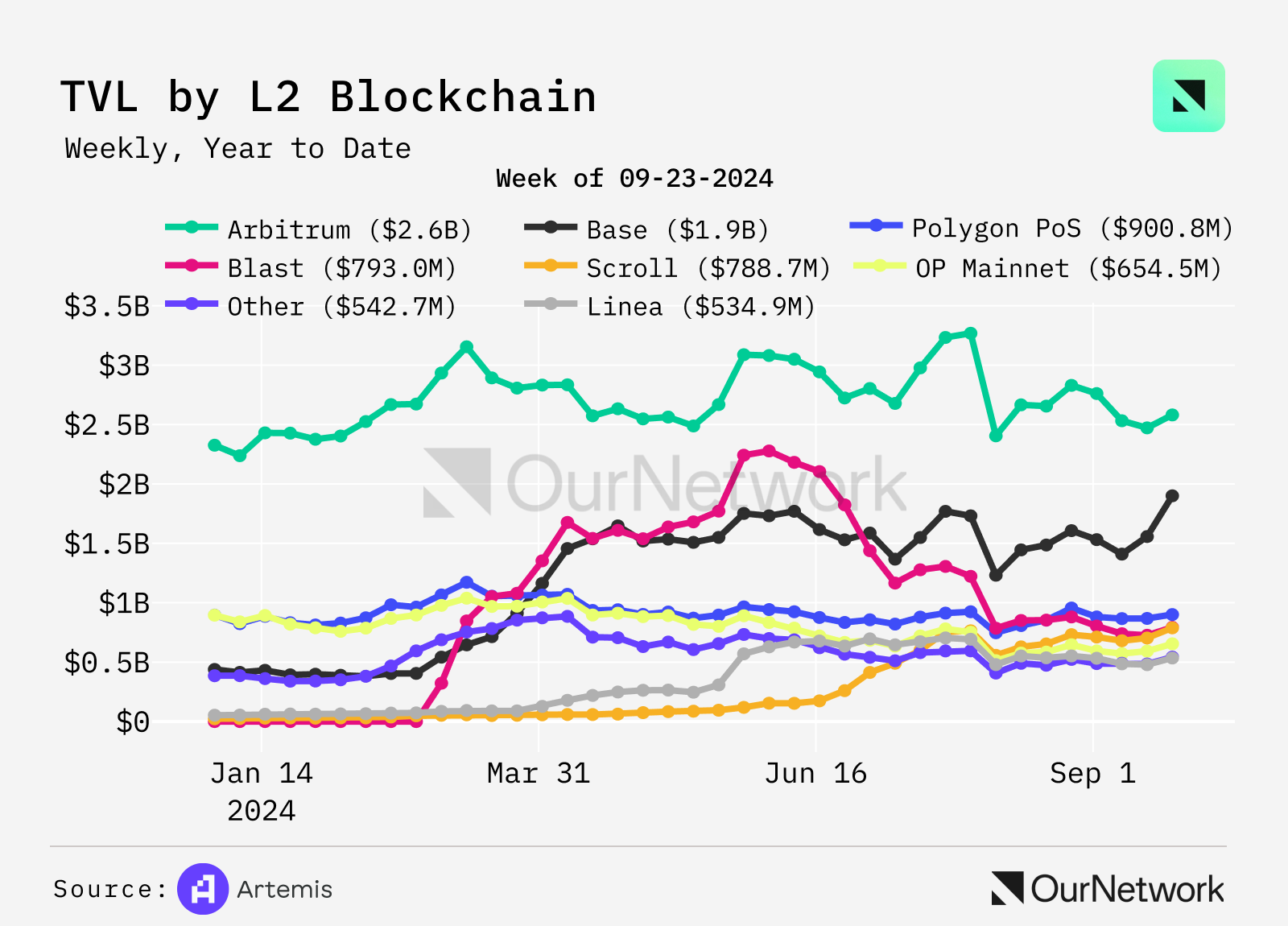
Over the past 30 days, the total stablecoin trading volume on L2s reached $344.7B, involving 5.2M wallets, with an average transaction size of $1,936.46. The stablecoin supply on L2s has grown from $4.3B at the start of the year to $11.4B, a 165% increase. Of this, 68% is concentrated on Arbitrum ($4.4B) and Base ($3.4B), followed by Polygon ($1.8B), OP Mainnet ($1.4B), and Celo ($300M).
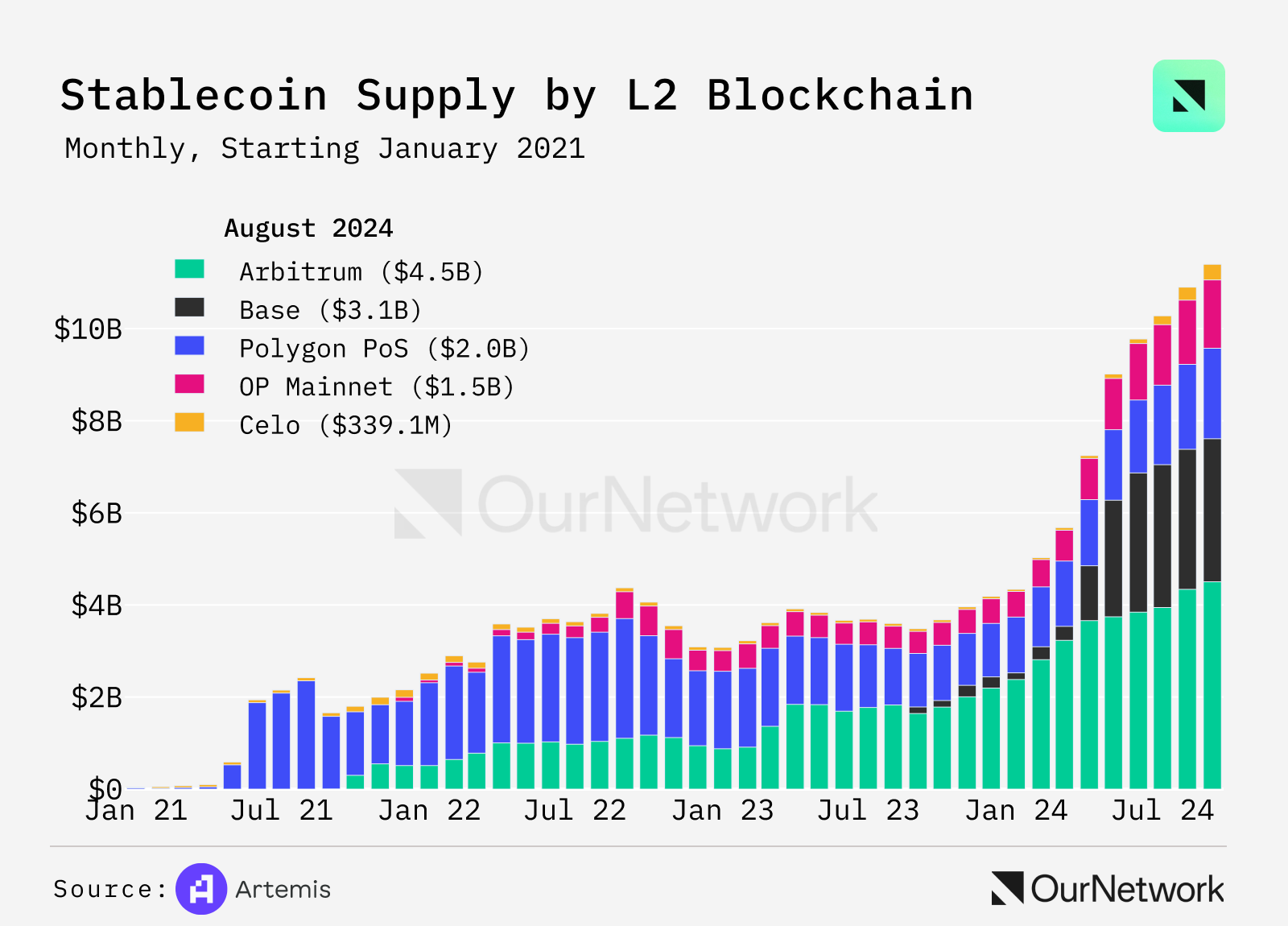
Bridges
Anthony Loya | Twitter | Dune Dashboard
Li.Fi v2 Surpasses 8.7M Cross-Chain Transactions
LiFi is a cross-chain solution that provides price-optimized swap and bridge transactions across major blockchains. Through its API, it integrates with DEX aggregators, bridges, and intent-based systems to optimize cross-chain operations. LiFi's platform finds the most efficient paths between protocols, enabling its V2 Jumper.exchange to reach 4.2M transactions, surpassing Metamask Bridge (529K), Layer3 (450K), Pocketfi (349K), and TransferTo.xyz (235K), thereby enhancing interoperability.
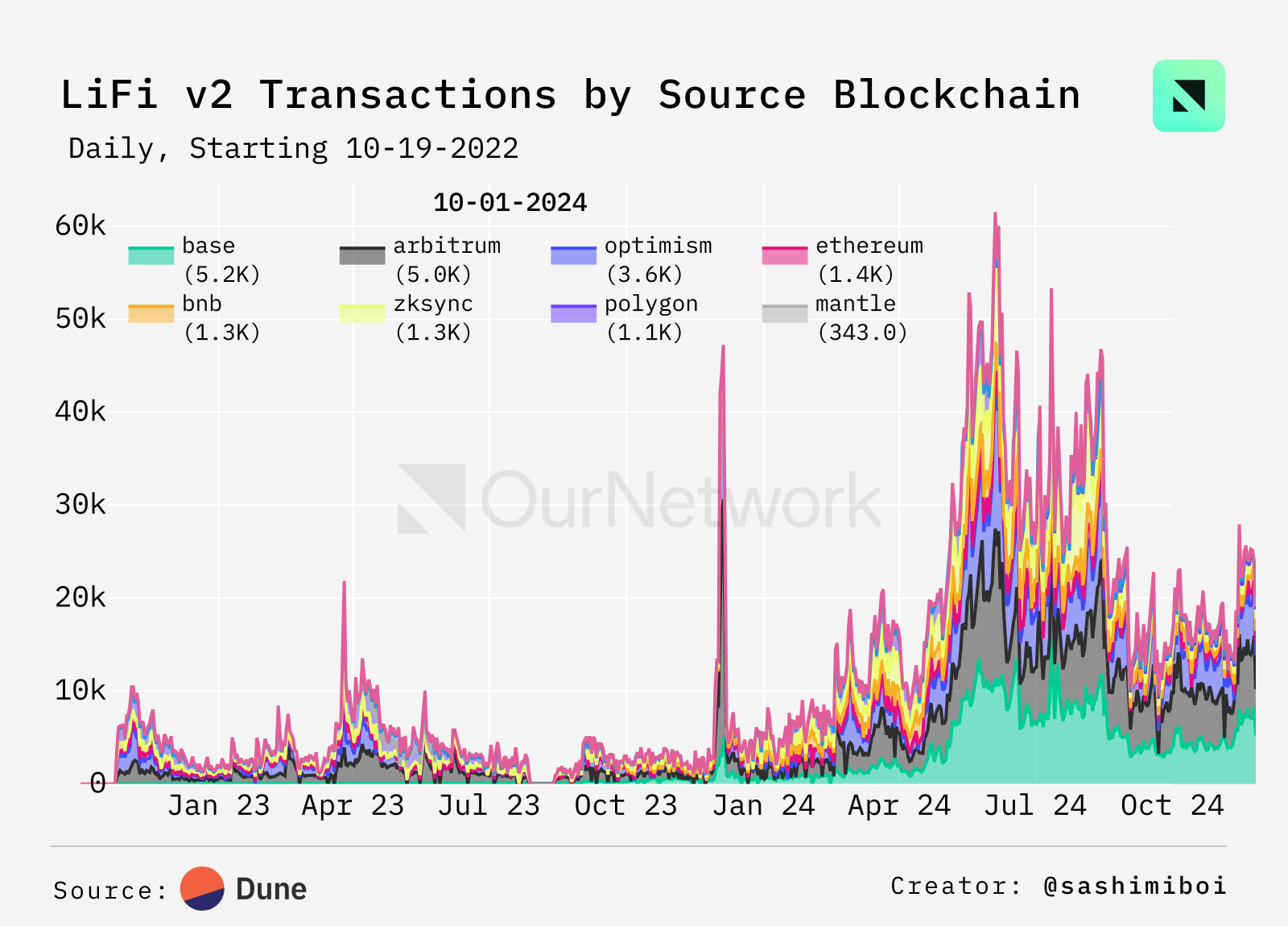
Dune - @sashimiboi
Bridge activities reached a peak in late 2022 and early 2023, with particularly high usage of debridge, celerCircle, and omni. However, these activities have declined significantly for most of 2023. Entering the fourth quarter of 2024, bridge usage began to rebound, with Stargate v2 leading this trend.
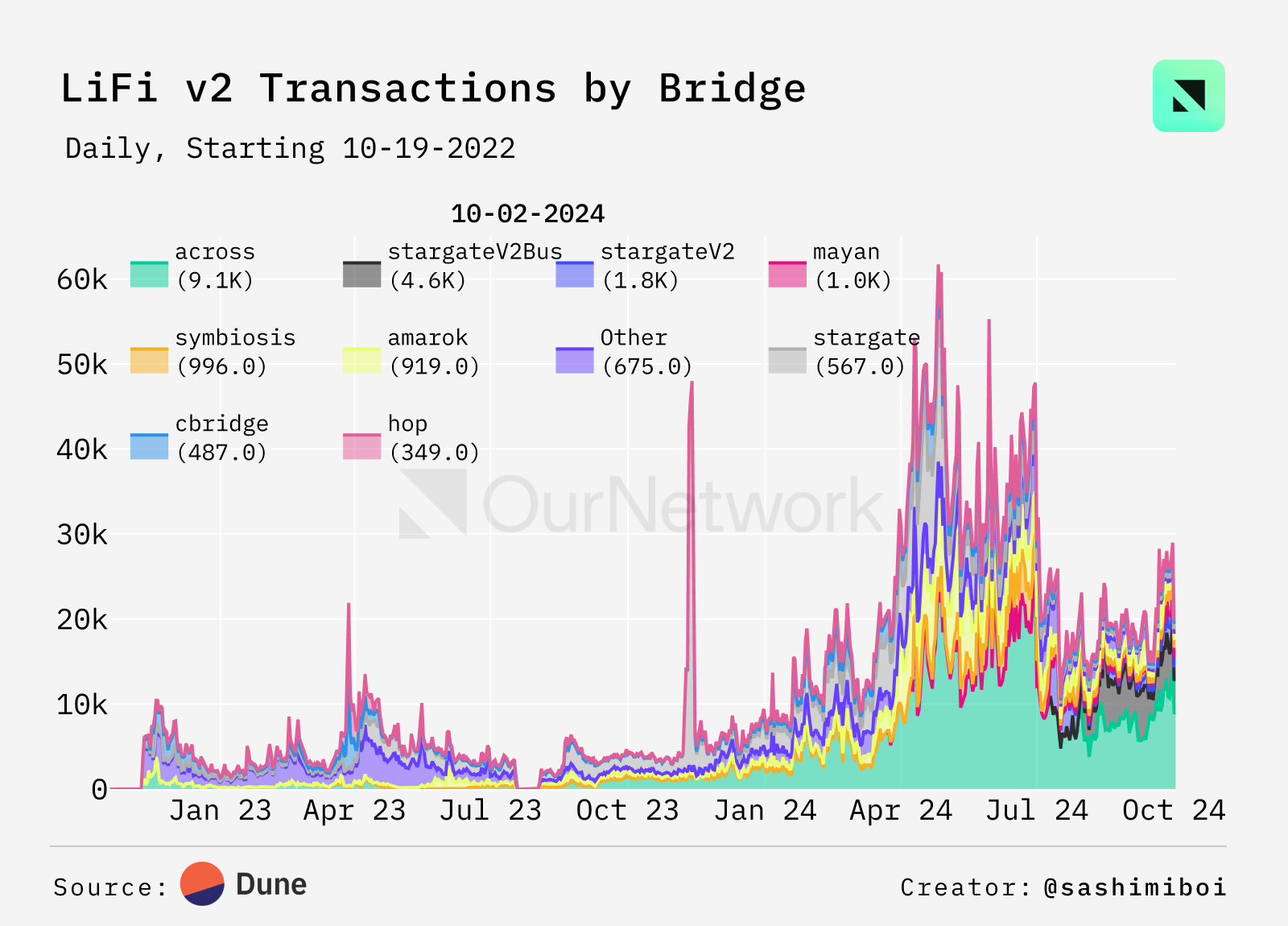
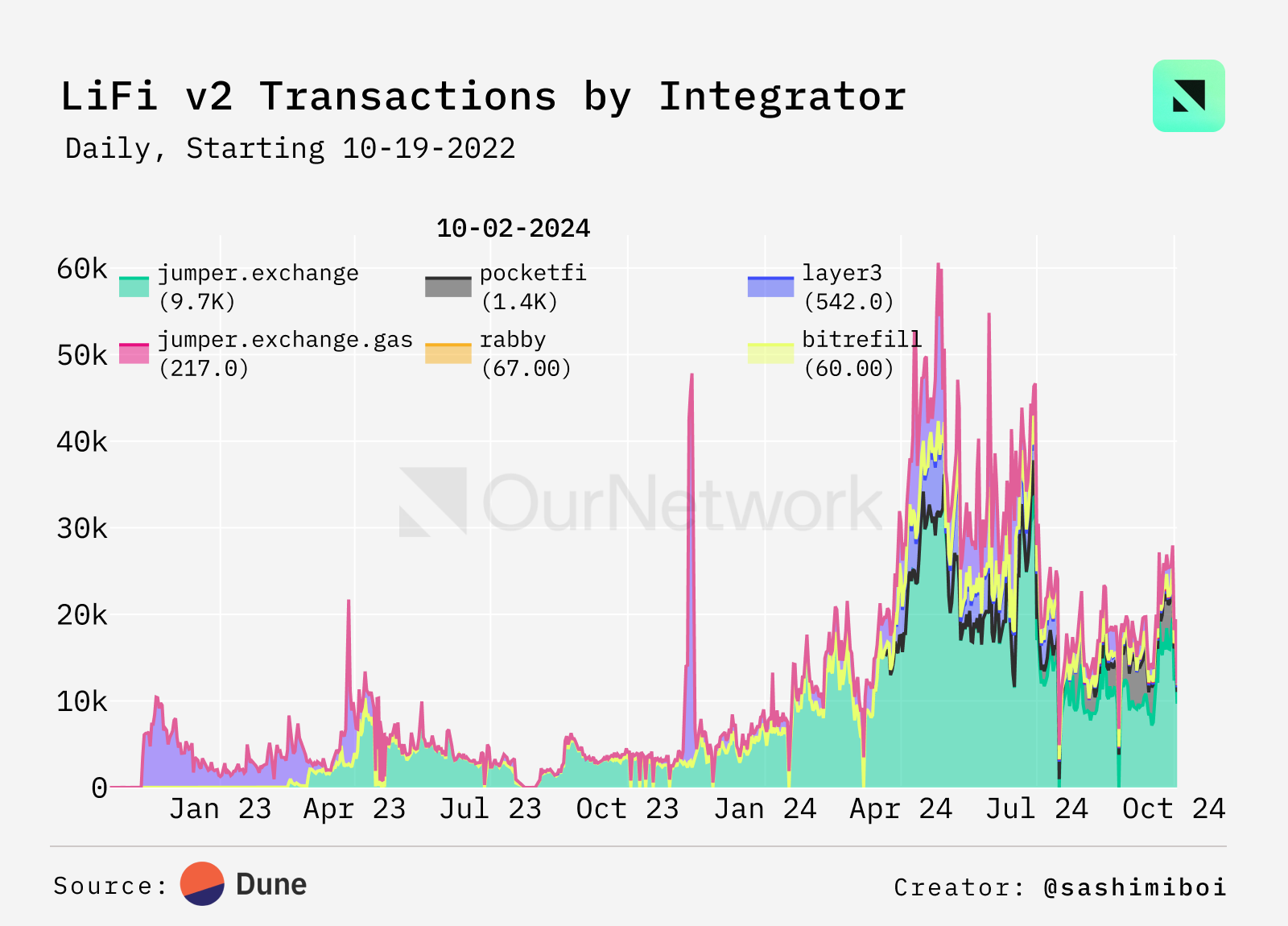
Dune - @sashimiboi
The chart shows that Across dominates the bridge market, with a 33.8% market share. Its significant share of total transaction volume indicates that Across has greater application and influence in cross-chain transactions than other protocols.
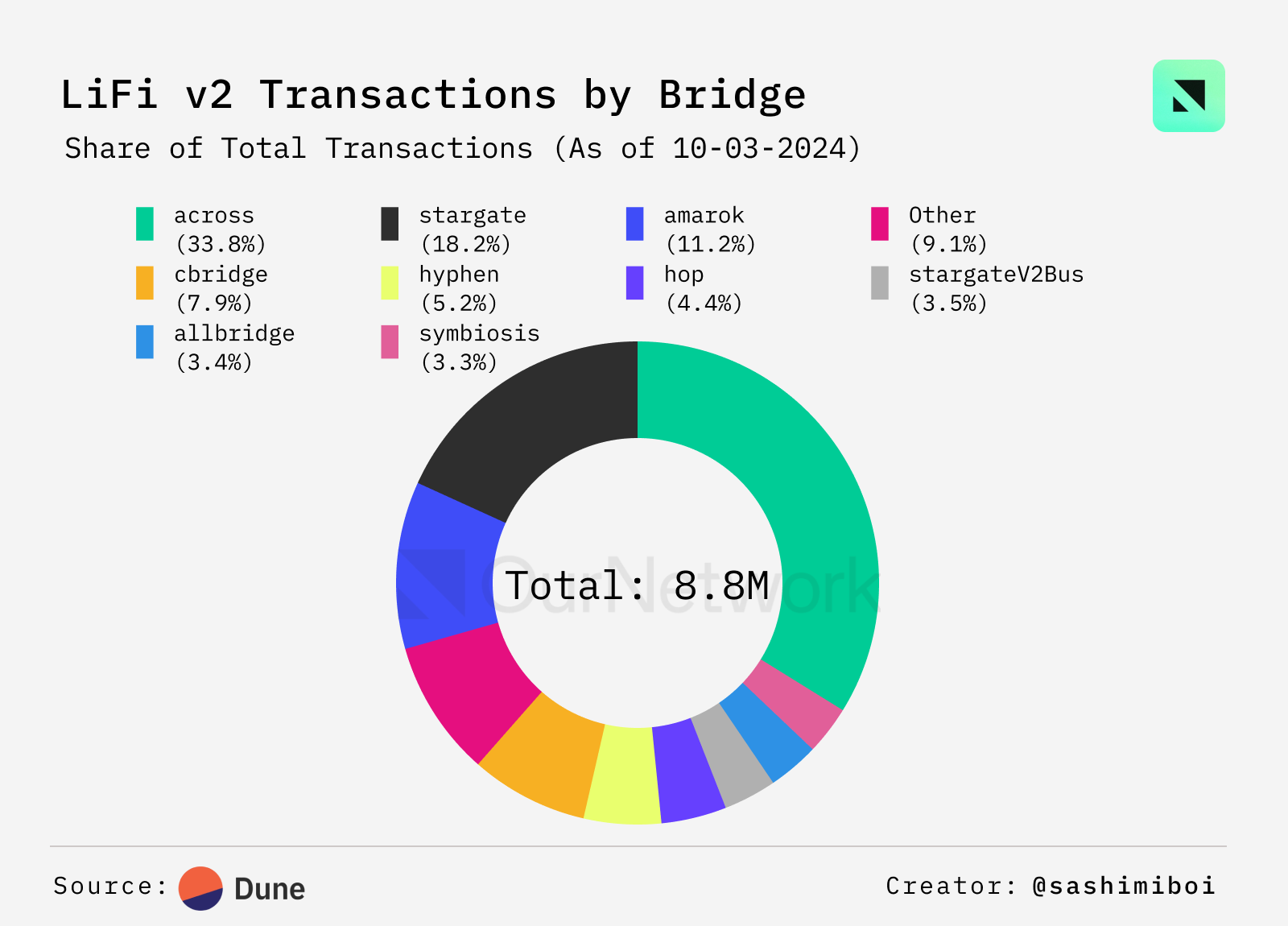
Dune - @sashimiboi
Transaction Highlights: A large USDC transfer was made through the Stargate bridge, totaling 3,219,490.835919 USDC (approximately $3.2 million). This transfer first went from address 0xd553294B to 0x1231DEB6, and then from 0x1231DEB6 to 0xe8CDF27A, with the entire process supported by the USDC pools of LiFi Diamond and Stargate.
Staking
Brandyn Hamilton | Twitter
Solana's total value locked (TVL) reached 66% of Ethereum's in September 2024, with its staked amount exceeding $58 billion.
Staking is a key mechanism for securing proof-of-stake (PoS) blockchains. Ethereum, Solana, and Polkadot are among the largest PoS blockchains by the value of staked tokens. As of September 2024, Ethereum led in this metric, with a total staked amount exceeding $88 billion. However, Solana's staked value has significantly increased from $7.5 billion in September 2023 to over $58 billion in September 2024.
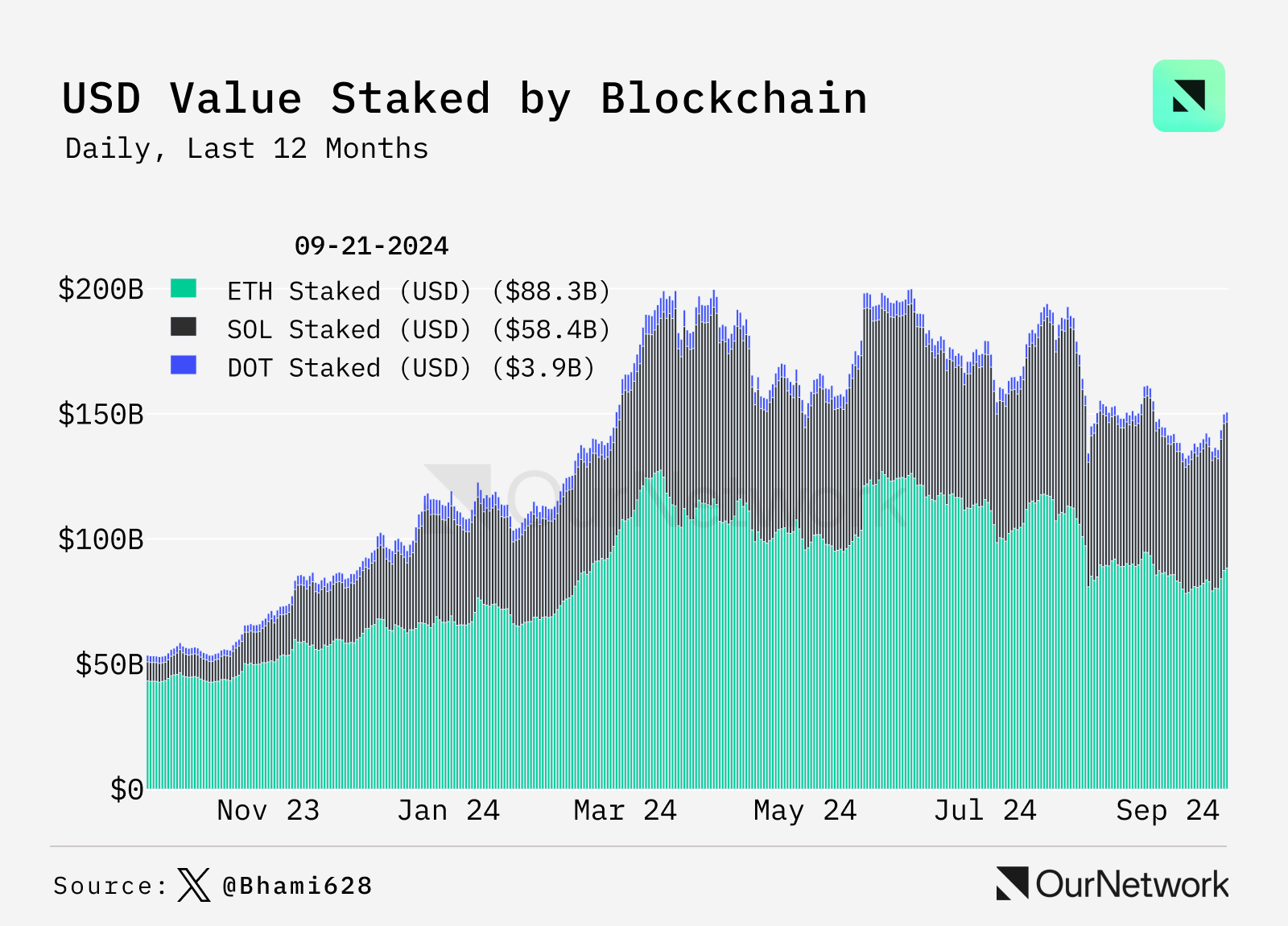
Twitter | @Bhami628
For PoS blockchains, another important metric is the staking ratio, which represents the proportion of tokens staked out of the total supply. In this regard, Solana and Polkadot have consistently outperformed Ethereum. However, Ethereum's staking ratio has also been steadily increasing, reaching around 28% as of September 2024.
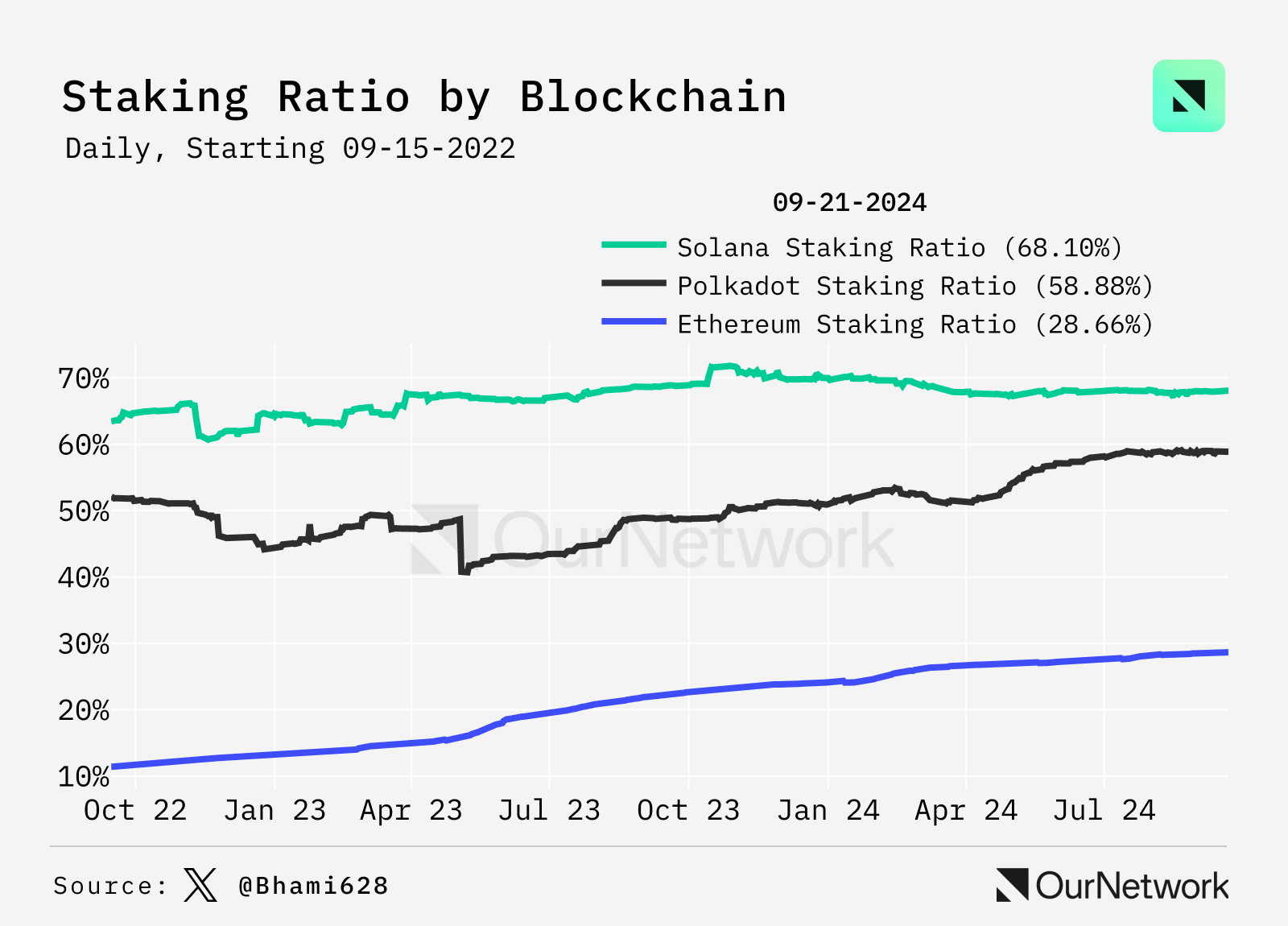
Twitter | @Bhami628
Liquid staking tokens (LSTs) represent the assets staked on PoS blockchains, providing users with a simple way to earn staking rewards. While Ethereum's LST market capitalization exceeds $30 billion, leading the way, Solana's LSTs are also rapidly gaining popularity and may continue to increase their market share.
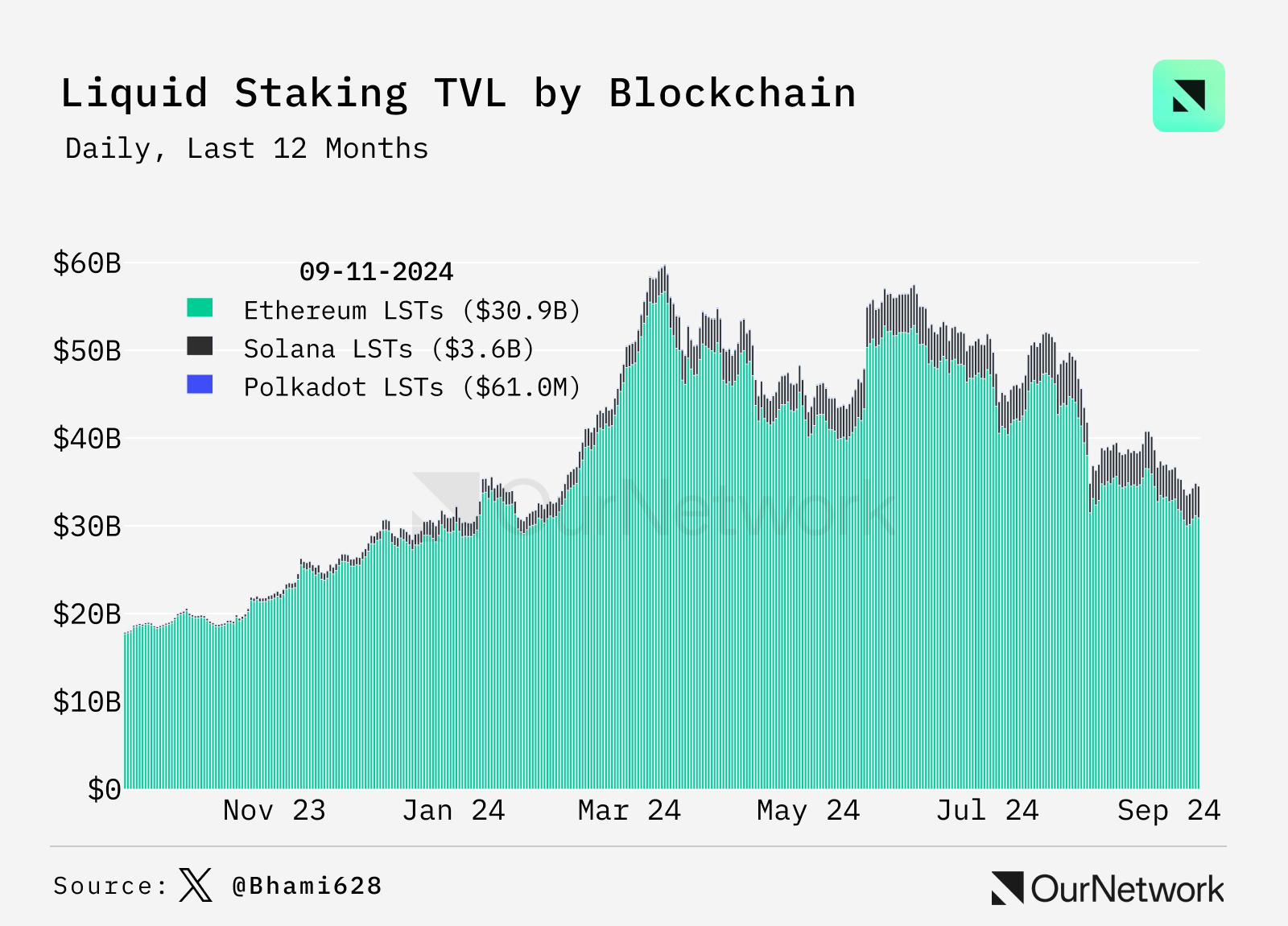
Twitter | @Bhami628




